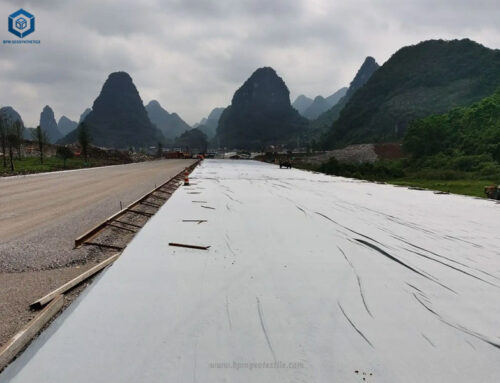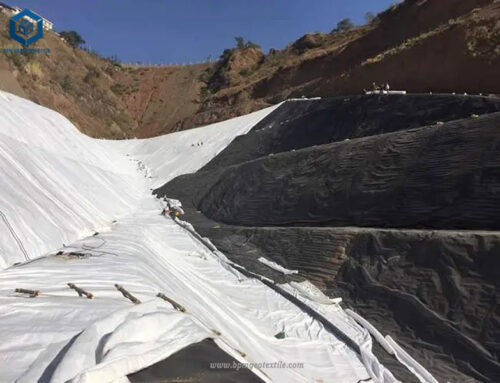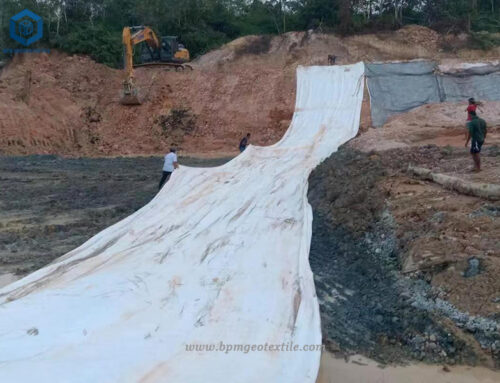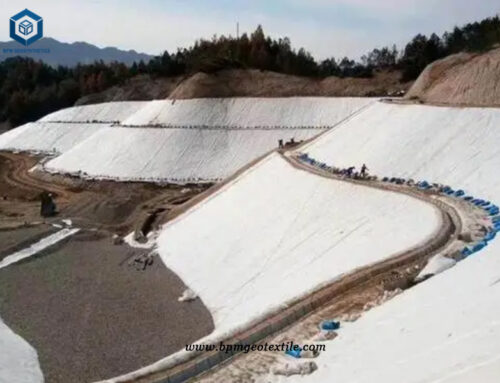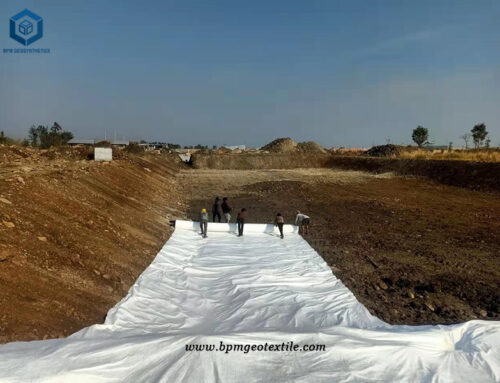Soil stabilization fabric is the extensively used non woven geotextile fabric which is made of high quality staple fiber that are tangled and interlocked with each other by needle-punching process. The geotextile fabric has the characteristics of acid and alkali resistance, corrosion resistance, aging resistance, high strength, size stability, good filtering performance, etc. The stabilization fabric is the cost-effective solution to increase performance, reduce costs and deliver excellent performance to provide advanced solutions for a variety of applications including strengthening, isolating, filtering, drainage, slop reinforcement, water conservancy, highway, railway and other fields.
What Is Soil Stabilization Fabric?
Soil fabric, or geotextile, is a strong synthetic material used to reinforce and steady soil in construction. Made from fibers like polyester, it’s tough and lasts long.
Its main job is to make soil stronger, better at bearing weight, resistant to erosion, and stable. It keeps soil layers separate but lets water through for good drainage.
In stabilizing soil, the fabric goes between soil layers or under them. It helps spread weight, reduce soil sinking, control erosion, and make structures like roads and walls more durable.
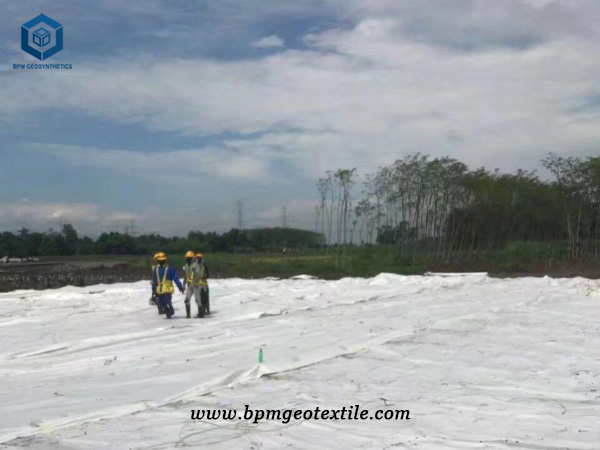
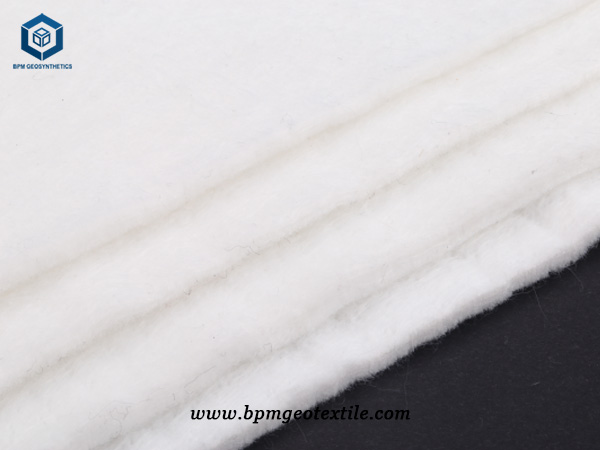
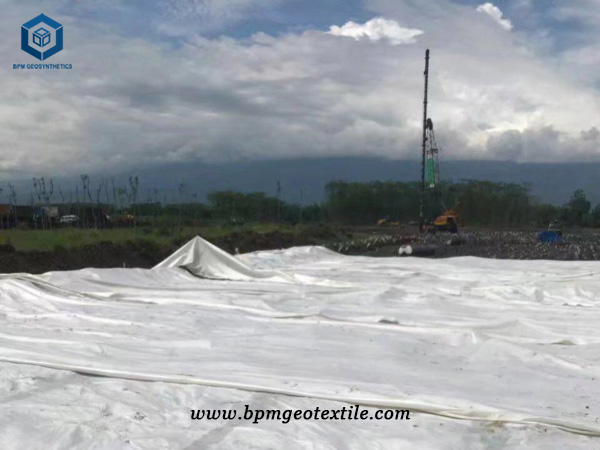
What Are Benefits of Soil Stabilization Fabric?
Stabilization fabric offers several benefits in various construction and civil engineering applications:
Enhanced Load-Bearing Capacity
The fabric boosts the soil’s ability to bear loads by distributing them evenly. It mitigates soil settlement and enhances the stability of structures constructed on or with soil.
Erosion Mitigation
By acting as a protective barrier, Stabilization fabric combats erosion by stabilizing soil particles and thwarting their erosion caused by water or wind. It safeguards slopes, embankments, and similar soil structures.
Increased Stability
Through soil reinforcement, the fabric imparts heightened stability to structures and soil slopes. It curtails soil movement, slippage, and slope failures.
Improved Drainage
The permeable nature of stabilization fabric facilitates water permeation while preventing soil particles from being washed away. This supports proper drainage, minimizing the risk of water accumulation that can weaken soil and compromise structure stability.
Separation of Soil Layers
The fabric acts as a separator, maintaining the distinctiveness of different soil layers and preventing their intermingling. This proves valuable in construction projects where separate soil layer properties need to be preserved.
Longevity and Durability
Designed for robustness, soil stabilization fabric exhibits high tensile strength and durability, enabling it to withstand construction activities and environmental factors. It prolongs the lifespan of soil structures.
Case Study Of Soil Stabilization Fabric for Road Construction
Customers from Thailand found us online looking for geotextile fabric for a road project. They shared plans and the budget. Our expert calculated the right amount and size of fabric needed. We suggested using 200g/m2 non-woven geotextile and sent test reports. They liked our high-quality products and advice. After two weeks of talking, they ordered 60,000 square meters of woven geotextile for soil stabilization.
Specifications of Soil Stabilization Fabric for Road Construction in Thailand
- Total Geotextile Fabric Quantity – 60,500 square meters
- Non Woven Geotextile Fabric specification – 200 gsm
- Each roll size – 6m*100m
About BPM
BPM has been manufacturing and supplying many types of effective and states of the art geotextile, geomembranes, and other geosynthetics to over 100 countries. Our geosynthetic products are widely used across a variety of industries including waste containment, water containment, aquaculture, industrial project, energy project and mining projects, etc.

